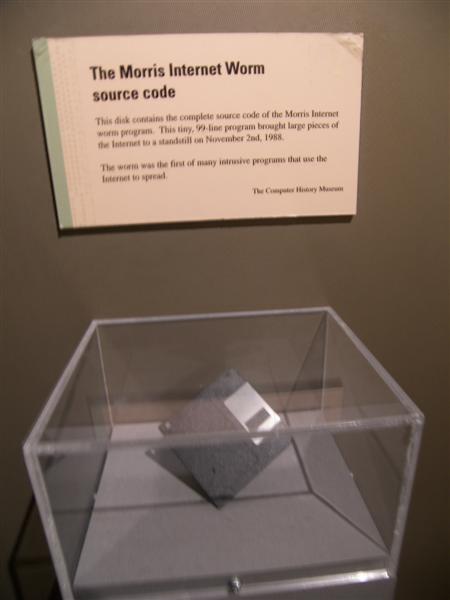In November 1988, the digital world witnessed one of its first major security incidents that would underscore the importance of cybersecurity in the emerging internet era. The Morris Worm, named after its creator Robert Tappan Morris, a graduate student at Cornell University, was not designed to cause damage but rather to gauge the size of the internet. However, due to a programming error, it became one of the first computer worms distributed via the internet, causing significant disruptions across thousands of systems and marking a pivotal moment in the history of cybersecurity.

Background and Intentions
Robert Tappan Morris developed the worm to measure the vastness of the internet by counting the number of machines connected to it. The worm was designed to exploit known vulnerabilities in UNIX systems, including a buffer overflow in the fingerd network service and weak spots in the Sendmail email system. Morris’s intention was for the worm to replicate and spread across networks quietly. However, a mistake in the worm’s code caused it to infect machines multiple times, leading to excessive resource consumption and ultimately, system crashes.
The Spread and Impact
The Morris Worm was released from MIT (to disguise its origin from Cornell) and quickly spread across the then-nascent internet, infecting an estimated 6,000 computers. At the time, this represented a significant portion of the networked computers worldwide. Many of these systems belonged to universities, government agencies, and military installations. The worm’s rapid proliferation demonstrated the internet’s interconnected nature and its vulnerability to exploitation.
Systems affected by the Morris Worm experienced severe slowdowns or crashes, necessitating a shutdown and manual removal of the worm—a process that took several days for some. The financial cost of the damage was estimated to range from $100,000 to over $10 million.
Legal and Social Repercussions
The incident led to Robert Tappan Morris becoming the first individual convicted under the 1986 Computer Fraud and Abuse Act. He was sentenced to probation, community service, and fined. Beyond the legal consequences for its creator, the Morris Worm incident sparked a broader recognition of the need for dedicated efforts to ensure network security and the development of protocols and tools to defend against such threats.
Lessons Learned and Legacy
The Morris Worm prompted the formation of the Computer Emergency Response Team Coordination Center (CERT/CC) at Carnegie Mellon University, a pivotal step in the organized response to cyber threats. It also led to increased awareness among software developers, system administrators, and users about the importance of network security, vulnerability management, and the potential scale of cyber attacks.
Moreover, the incident highlighted the dual-edged nature of software vulnerabilities and the need for responsible disclosure practices, as well as the establishment of more secure coding practices.
Conclusion
The Morris Worm incident of 1988 stands as a landmark event in cybersecurity history, illustrating the fragility of the growing internet infrastructure and the need for vigilant security practices. It served as a wake-up call for the creation of institutions, protocols, and a culture of security that continues to evolve in response to the ever-changing landscape of cyber threats.

Timeline of the Morris Worm Incident
November 2, 1988
- Evening: The Morris Worm is released from MIT (to disguise its origin from Cornell) onto the ARPANET (precursor to the modern internet). It begins to replicate and spread across the network.
November 3, 1988
- Morning: System administrators across the United States notice network performance issues. Computers at major institutions, including universities and military sites, are affected.
- Afternoon: The worm’s presence is confirmed, and its ability to exploit vulnerabilities in UNIX systems becomes apparent. Efforts to analyze the worm and mitigate its effects begin.
November 4, 1988
- The scale of the disruption becomes clear, with an estimated 6,000 computers infected—a significant portion of the internet-connected systems at the time.
- Response: Researchers and system administrators collaborate to dissect the worm’s code and develop patches and workarounds.
November 5-6, 1988
- Containment Efforts: Patches and fixes are disseminated across the network, and system administrators work tirelessly to remove the worm and fortify their systems against re-infection.
Post-Incident
- Robert Tappan Morris is identified as the creator of the worm. In the aftermath, he is charged and convicted under the Computer Fraud and Abuse Act—the first person to be convicted under this law.

Do you want to explore the fundamentals of cybersecurity, but you’re not sure where to begin?
Are you a programmer, IT technician, or computer science student who wants to master valuable security skills for your work or hobbies?
Or do you want to discover a variety of basic and advanced security practices for networks, mobile devices, cloud services and more?
